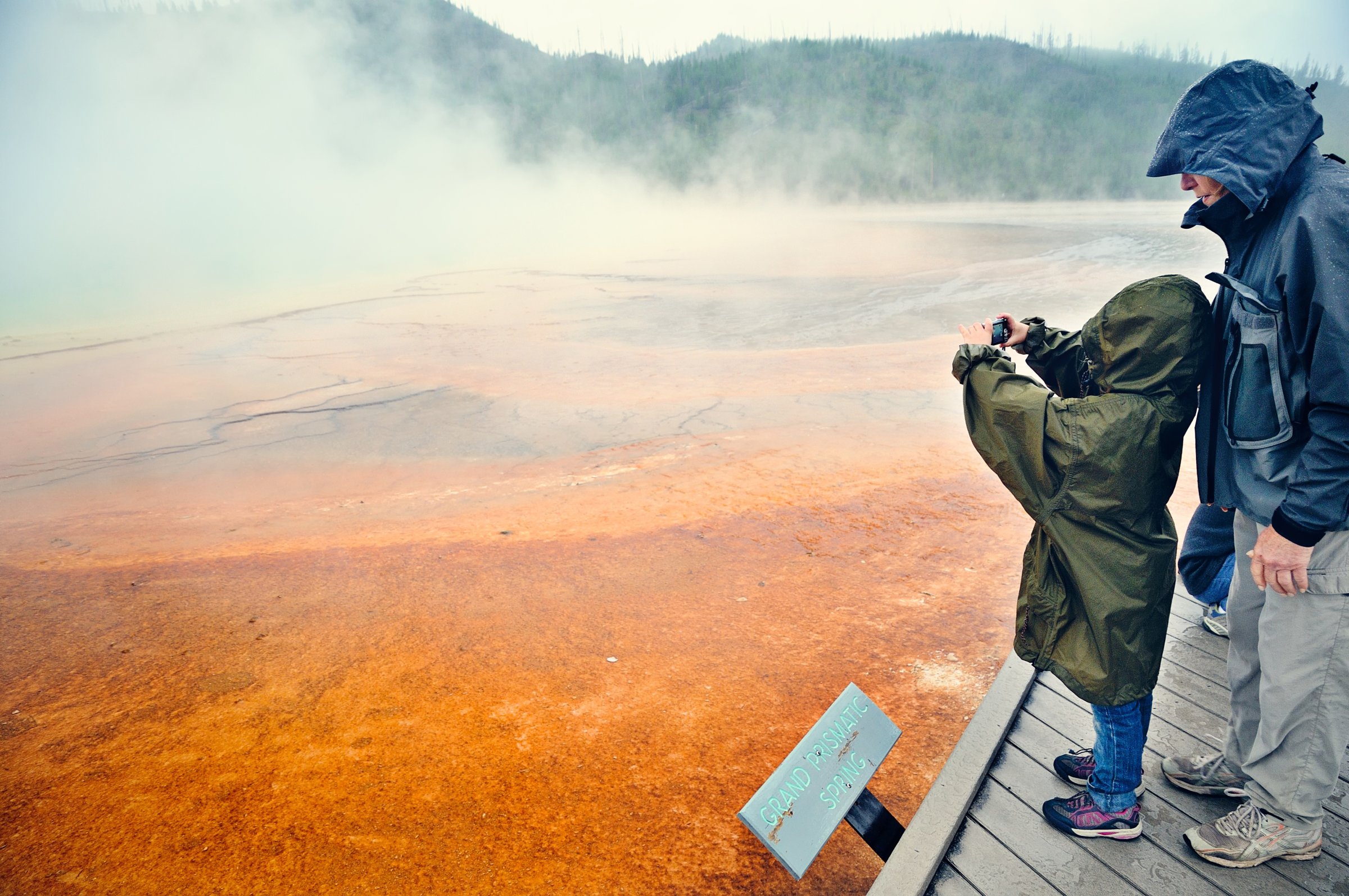
The National Park Service’s 100th birthday is August 25, 2016.
In celebration, entrance fees to enter any national park are being waived from August 25 to August 28. That’s on top of this year’s brand new “Every Kid In A Park” program, which aims to make it possible for every American fourth grader and a parent or guardian to visit a national park together – free. (Check out the details here, or ask a local fourth grade teacher.)
So how can parents get kids to actually go to a national park? Well, they can begin with a conversation.
Elementary kids can start just by figuring out what parks are nearby. “People tend to focus on Yellowstone, or Yosemite, or the Grand Canyon,” says Estee Rivera-Murdock, coordinator of Every Kid In A Park for the National Park Service. “They may not realize they have a national park in their backyard.” Parents and kids can start the hunt at findyourpark.com, which also features a version in Spanish. And many parks, Rivera-Murdock points out, aren’t just about scenic conservation, but mark some important story in American history, like Martin Luther King’s memorial and birthplace, both of which are part of the National Park Service. Parents can start conversations with kids about what stories and places are important to them, and what stories kids think are important to mark and preserve.
Middle school kids, says Rivera-Murdock, have a better sense of the interconnectedness of the larger world. So parents can talk to them about how national parks aren’t just about walling off a section of nature, but part an ecosystem we all share. Middle school kids can also think about what the parks can mean to them personally, in terms of their own well being, “parks as places of healing and health,” Rivera-Murdock says, “that help them to improve their health, communities, or families.”
Read More: How to talk to your kids about beach safety
High school kids, says Rivera-Murdock, can start to make plans for a lifetime of enjoying the park system, recognizing that “this can be part of their lifestyle, to recreate.” And simply to create, River-Murdock says. High school years are “really creative formative years,” she points out, and parks can be “places of inspiration” – for everything from painting pictures, to having the mental space to work out knotty technical problems, to climbing mountains.
At any age, Rivera-Murdock says, both adults and kids can gain from “the richer story of America’s history” the National Park Service has to tell: not just snapshots of past presidents, or stretches of pristine wilderness, but the whole wide spectrum of people and places that makes up America.
More Must-Reads from TIME
- Cybersecurity Experts Are Sounding the Alarm on DOGE
- Meet the 2025 Women of the Year
- The Harsh Truth About Disability Inclusion
- Why Do More Young Adults Have Cancer?
- Colman Domingo Leads With Radical Love
- How to Get Better at Doing Things Alone
- Michelle Zauner Stares Down the Darkness
Contact us at letters@time.com